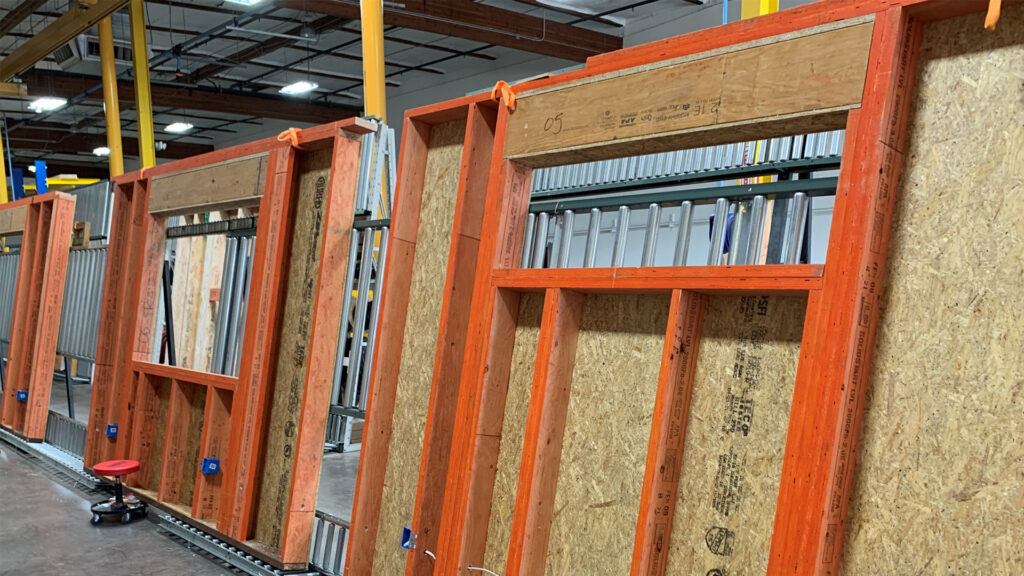At first glance, the recently approved $1.2 trillion infrastructure bill appears to have ignored our growing housing crisis. And with nearly 5.5 million homes needing to be built, this critical part of our national infrastructure is getting worse by the month. Despite its inclusion in the original draft, money to help “fix” construction and housing never made it into the final version.
Or so it would seem.
As reported earlier, the newly minted law does provide $150 million in construction technology investments. Conventional thought would indicate that such initiatives will only create minor improvements to the status quo. However, with labor shortages and global carbon emissions reaching critical levels, the time has never been better to abandon our 19 th Century construction habits and embrace 21 st Century advancements in software, material science, automation, and manufacturing. By leveraging these, we can exponentially improve how America builds homes, eliminating many of the inefficiencies and wastes associated with traditional home building.
We find ourselves before a great opportunity to modernize a homebuilding process that has not changed in more than 120 years. Can you dump 20,000 parts in a driveway and build a Camaro? Yes. Is it the optimal way to build a car? Probably not. Yet we continue to build homes this way, onsite, by hand, without technology. Today thanks to the power of advanced software, custom ADUs, homes and townhomes can be built offsite with automotive assembly line efficiency. Onsite, these homes can then be stood up in a matter of days, rather than months, removing wasted time, cost, and materials. What’s more, implementing this technology only comes about by leveraging – not replacing – our nation’s skilled tradespeople and construction technologists. With the right technology, partnered integration and cutting-edge processes, we can double our combined output without adding one more hour to the timecard.
Though offsite construction remains less than one percent of national output, Congress’ latest $100 million inject could strategically multiply that if we, as custodians of the industry, embrace an integrated new approach to design, construction, and installation. By digitizing custom plans from architects and optimizing for manufacture and assembly (DfMA), we can now automate much of the repetitive work to create “Rough- Inspection Ready” panels in a factory. These panels can arrive code-compliant, complete with framing, windows, weather barrier and rough trades as needed. Furthermore, “just in time” delivery of these products to the jobsite, ready for installation and inspection reduces the impact on the neighborhood and the environment as well.
While many policymakers may lament that other housing funds didn’t make it in the final Congressional bill, keeping the $100 million construction technology allocation will prove to be the federal government’s best investment in this area. It may very well serve as the catalyst to a badly needed inject of homes for families across the United States. Now, we in the construction industry must do our part to embrace a new way of thinking to keep up with that demand. Our nation needs it and I believe we’re more than ready to tackle this challenge head-on.
Garrett Moore is the CEO and Co-Founder of AGORUS ® , a company on a mission to accelerate the world’s transition to offsite construction. AGORUS leverages its custom software and automated factory to empower builders with the future of construction. He can be reached at garrett@agorusbuild.com.
